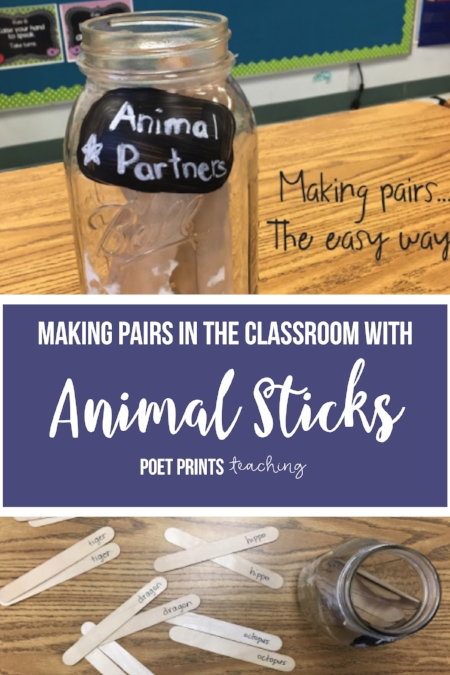
Being a teacher can be one of the most rewarding jobs on the planet. I get to watch students learn to fall in love with learning. I love the moment when the ‘light bulb’ goes on, and they understand something for the very first time. However, teaching can also be completely and totally draining.
While I have the privilege of hearing about every happy moment, I also enter into each of their hard times as well.
Even in third grade, there are so many tough moments to walk through.
I consider it such a privilege to come alongside students and their families in both seasons of joy and sorrow, but, at times, they can leave me feeling so physically and emotionally exhausted.
When I first began teaching, I used to give 110% all of the time until I had absolutely nothing left to give.
I think I felt that if I wasn’t always going, always moving, always trying to do more, it wasn’t enough.
What is it about our culture that seems to see stillness as a synonym for laziness??
I learned pretty quickly that this is just not sustainable. I cannot be the teacher I want to be if I have nothing to give.
Slowly, I have been learning that taking time to rest, relax, recharge, and spend time away from school, teaching, and little people actually makes me a better teacher. I don’t have to feel guilty for stepping away for a moment, because recharging my own ‘batteries’ gives me life to invest into those around.
I have found a few ways to be particularly life-giving in this past season.
Read (but nothing educational)
Each night, before bed (whether I’m “ready” for the next day or not) I stop at 8:30 and tell myself that the day is done. Then, I cozy into bed with a book and start reading.
Although there are always more pro-D books that I could be reading, and ones that are on my to-read list , I make the choice not to read them when I need to relax. I love teaching, but I need to purposefully unplug in the evenings. This is my signal to my brain to stop thinking about my class and my to-do list and start trying to relax. You can't pour from an empty cup, and my cup can't refill if I'm constantly trying to do more and more.
Plus, I tend to sleep more soundly if I can turn all of my screens off, and read something that has nothing to do with the next day. I have way less classroom-themed dreams if I've read something good before bed!
Netflix (No chill, No guilt)
I love Netflix. In a deep, I should-feel-guilty-about-it, kind of way. I don’t watch shows casually. I am a binge-watch-only kind of girl.
Royal Pains? Yep!
Prison Break? Of Course!
Law and Order, Greys Anatomy, Scandal, and White Collar… Yes, Yes, Yes and Yes.
All Seasons.
I used to feel bad (slash guilty) when people asked: “Have you seen X show on Netflix?” And my answer was always yes.
I do watch a lot of binge-able TV… because it is such an escape. I can turn off the rest of my life and immerse myself in the characters and the drama of a storyline that has nothing to do with my own.
I’ve noticed that the amount of Netflix I watch directly correlates to the stress in my life: the more stressful the situation, the more I gravitate to cuddling-up with a show when I get home from work.
The Beach

My soul feels best when it is outside, near the water.
I love the ocean, but I can make due with a lake in a pinch! I live on the west coast, mere minutes from so many amazing beaches.
When I stand next to the ocean I feel small. My problems seem to shrink in comparison to the immensity of the body of water next to me.
I tend to stand next to the water and just breathe. There is something about salty ocean air that is good for the soul.

Getting out of the City

Sometimes a quick trip to the beach, or an afternoon of Netflix just isn’t enough to recharge.
I am learning how vitally important it can be for my mental health, and my marriage, to take the time to stop, rest, and focus on something other than the day-to-day in the classroom.
This past weekend my husband and I headed to Kelowna to take advantage of some amazing beautiful weather in BC (20 degrees Celsius, 68 Fahrenheit).
We spent the weekend at a small B&B, toured wineries, and just spent time together.
It’s amazing how time away can prepare you for getting back to regular life.
I’m not sure that I always realize just how exhausted and empty I am until I remember to take the time to rest and recharge.
I’d encourage you to do the same, rest, relax, take time to recharge. You cannot be the teacher your students need when you are running on empty.
Trust me, you deserve it.




















































